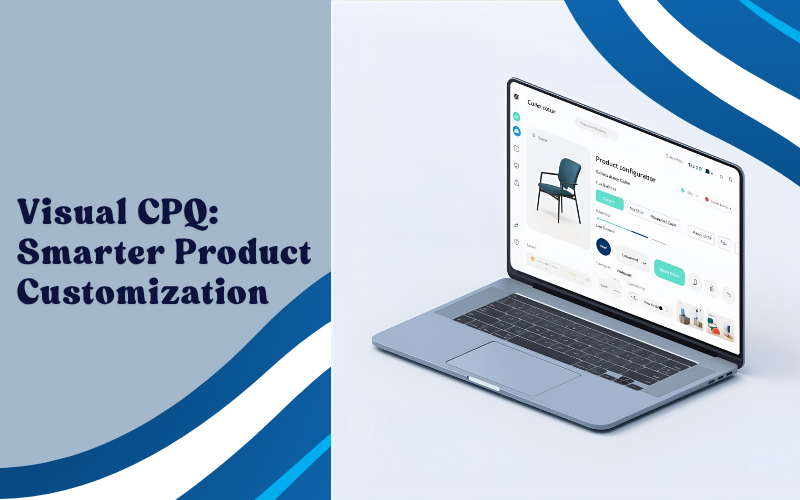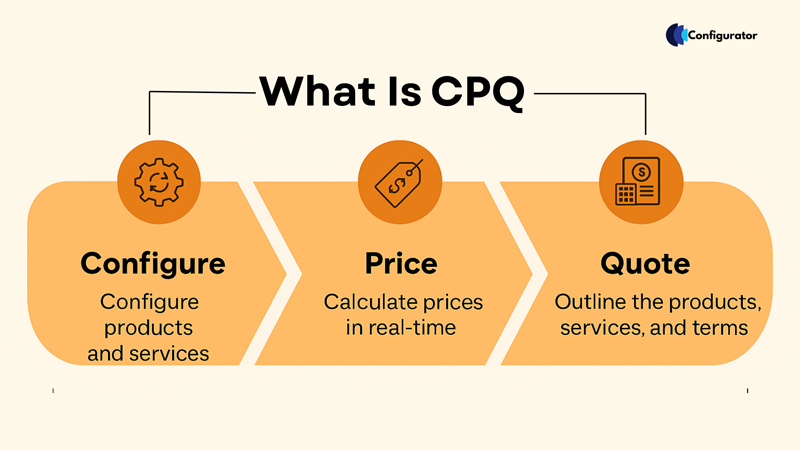In today’s competitive digital marketplace, users no longer want generic shopping experiences — they expect more. They want to browse products that match their tastes, receive personalized emails that make sense, and be able to customize what they’re buying. Simply put, they want to feel seen.
Customization in marketing helps deliver exactly that. It empowers users to create products that reflect their personalities, ensures they see content relevant to their preferences, and provides a more intuitive, user-focused buying journey.
Whether you’re a customer customizing a product with our product configurator software a brand delivering tailored marketing, customization improves decision-making, satisfaction, engagement, and ultimately — conversion rates. For e-commerce businesses, it’s a game-changer.
What Is Customization?
Customization is the process of allowing customers to adjust or modify a product, service, or experience based on their personal preferences. In a marketing context, it means giving customers control — choosing product features, colors, sizes, or even designing their own versions.
For example:
-
A customer customizing a t-shirt with their own text or graphic
-
Selecting laptop specs like RAM, processor, or screen size
- Configuring a piece of furniture to match their interior
This shift from mass marketing to customization marketing places customers at the center of the buying experience — and that’s exactly where they want to be.
Read our blog : Product Customization
What Is the Difference Between Customization and Personalization?
While both strategies aim to improve the user experience, there’s a critical difference between customization and personalization for eCommerce:
| Customization |
Personalization |
| Initiated by the user |
Driven by the brand or platform |
| User selects product features |
System suggests based on user behavior |
| Example: User chooses design |
Example: Email recommends similar items |
In short:
-
Customization = user actively chooses
-
Personalization = platform automatically adapts
Both are powerful tools — but together, they can transform the e-commerce experience.
Customization In Marketing: How Does It Work?
Customization in marketing uses interactive tools, user data, and smart segmentation to allow tailored experiences across the customer journey.
Here’s how it typically works:
-
Collect Data: Gather user behavior (what they browse, click, or buy).
-
Segment Audience: Group customers by interests, demographics, or shopping behavior.
-
Implement Tools: Use configurators, dynamic product builders, and smart popups.
-
Deliver Unique Experiences: Show users exactly what they want — when they want it.
This approach works across your store, emails, ads, and even retargeting campaigns — giving every interaction a personal touch.
Examples Of Customization In Marketing
Top e-commerce brands are already excelling with customization strategies:
-
Nike By You: Customers can design their own sneakers with personalized colors and text.
-
Spotify: Creates curated playlists based on listening habits.
-
Netflix: Shows personalized thumbnails and recommends shows based on viewing history.
-
Coca-Cola’s “Share a Coke”: Offered bottles with custom names printed on them.
These brands don’t just market products — they market experiences designed specifically for you.
Why Marketing Personalization Is Important: Some Data You Need To Know
Not convinced yet? Here are some eye-opening statistics that show why customization in e-commerce is crucial:
-
80% of consumers are more likely to purchase when brands offer personalized experiences. (Epsilon)
-
Customized emails deliver 6x higher transaction rates. (Experian)
-
91% of shoppers prefer brands that recognize and remember their preferences. (Accenture)
-
70% of millennials are frustrated with irrelevant marketing emails. (SmarterHQ)
These numbers highlight the growing demand for relevancy, personalization, and choice in the customer journey.
Benefits Of Product Customization In Marketing And Sales
Here’s how customization marketing directly benefits your e-commerce business:
1. Higher Conversion Rates
When users get exactly what they want, they buy faster — and more often.
2. Increased Average Order Value (AOV)
Allowing upgrades or additional features during customization often leads to bigger orders.
3. Better User Engagement
Interactive elements like WooCommerce product builder increase time on site and reduce bounce rates.
4. Reduced Returns
Shoppers who tailor their purchases are less likely to be disappointed, which means fewer returns.
5. Stronger Brand Loyalty
Customization creates emotional investment. Customers feel connected to a product they helped create.
Product Customization in E-Commerce: Meaning and Examples
Customization in e-commerce means letting users design or configure products before purchasing them. This not only enhances the shopping experience but gives customers a sense of ownership.
Examples:
-
Zazzle: Offers personalized mugs, shirts, and gifts
-
Casetify: Lets users add names and photos to custom phone cases
-
Custom Ink: Provides group ordering and t-shirt customization
-
Made.com: Allows furniture personalization by fabric, size, and color
Such examples showcase how online retailers can turn a static product into a personal experience — boosting sales and satisfaction.
WP Configurator: The Best Tool To Create Customized Marketing Products
WP Configurator is the ultimate solution if you’re ready to implement customization on your WordPress or WooCommerce store.
Why Choose WP Configurator?
-
Visual product customization: Let customers see changes in real-time
-
Seamless WooCommerce integration
-
No coding required: Set up with a drag-and-drop interface
-
Fast and responsive: Works perfectly on mobile and desktop
-
Layered customization: Allow multiple customization options for complex products
Whether you sell fashion, furniture, gadgets, or accessories, WP Configurator turns your store into a fully interactive, conversion-focused experience.
Final Thoughts:
Customization in marketing is no longer a luxury — it’s an expectation. Customers crave relevant, tailored experiences. And brands that deliver them stand to win big. If you want to boost sales, increase user satisfaction, and build long-term loyalty, then customization isn’t just helpful — it’s essential.
Make the shift from generic to genius. Let your users personalize their journey, and watch your e-commerce business thrive.




